Musings of a Camera Crazed Man
One of the main advantages of smartphone photography is the easy access to all the latest computational photography tools. These tools, often in the form of apps, and sometimes directly built into the smartphone camera itself enable the photographer to enhance images well beyond the capabilities of the hardware. In a modern smartphone these technologies perform minor miracles in taking what would be average to poor image and video quality and raising that bar up to near-DSLR levels. But a major question begs to be asked; how can you use these same computational photography technologies to improve your DSLR photos and why would you want to?
Is Apple’s “Deep Fusion” image processing a Game Changer? Let’s see what happens when you put the iPhone 11 Pro with the new “Deep Fusion” beta up against a similarly priced DSLR.
To say the new iPhone 11 Pro camera system is amazing simply does not do it justice. This is a major leap forward in smartphone photography with serious implications for professional photographers.
In my never-ending quest to find tools and techniques that make a real difference in the quality of my smartphone photos I have tried everything from add-on lenses, various photo cases, and even a gimbal stabilizer! Learning the hard way what works, and what is a waste of time and money. In this post, I am going to walk through my top picks for smartphone photography hardware you can purchase right now that makes it easy to up your smartphone photography game.
Ok, I admit it. I’ve always had a total love affair with leading lines. Something about how those lines just pull you in, drawing your gaze into the larger composition, just does it for me every time. Maybe that’s why I tend to enjoy photographing buildings so much! Using the sharp edges of a man made structure to create leading lines is a tempting target when exploring urban environments. So what exactly IS leading lines and why do they work so well?
I’ve been creating my own presets using Google Snapseed for a while now, strictly for my own personal use but did not see much value in sharing them until a friend convinced me it would be worth the effort. So here are five of my favorite presets, tailored specifically for architecture photos, easy to import in seconds via the Google Snapseed QR code!
I’ve never been one to make, never mind stick to, New Year’s resolutions. However, I do like to reflect on the past year and then outline my personal goals for the year ahead. A major difference from past years will be this blog post, in the past I usually shared these thoughts on social media (more on this later). So let’s get on with it…starting with my 2018 retrospective.
I’ve been creating my own presets using Google Snapseed for a while now, strictly for my own personal use but did not see much value in sharing them until a friend convinced me it would be worth the effort. So here are five of my favorite presets, tailored specifically for architecture photos, easy to import in seconds via the Google Snapseed QR code!
After much consideration, I have decided to move my blogging efforts over to Medium.com. The ability to easily attract a solid readership and support from the community were the key factors in my decision to make the jump. I may still post occasionally here if the topic warrants it, but for the majority of my work will be featured on my Medium profile. See you there!
Recently shot on my iPhone
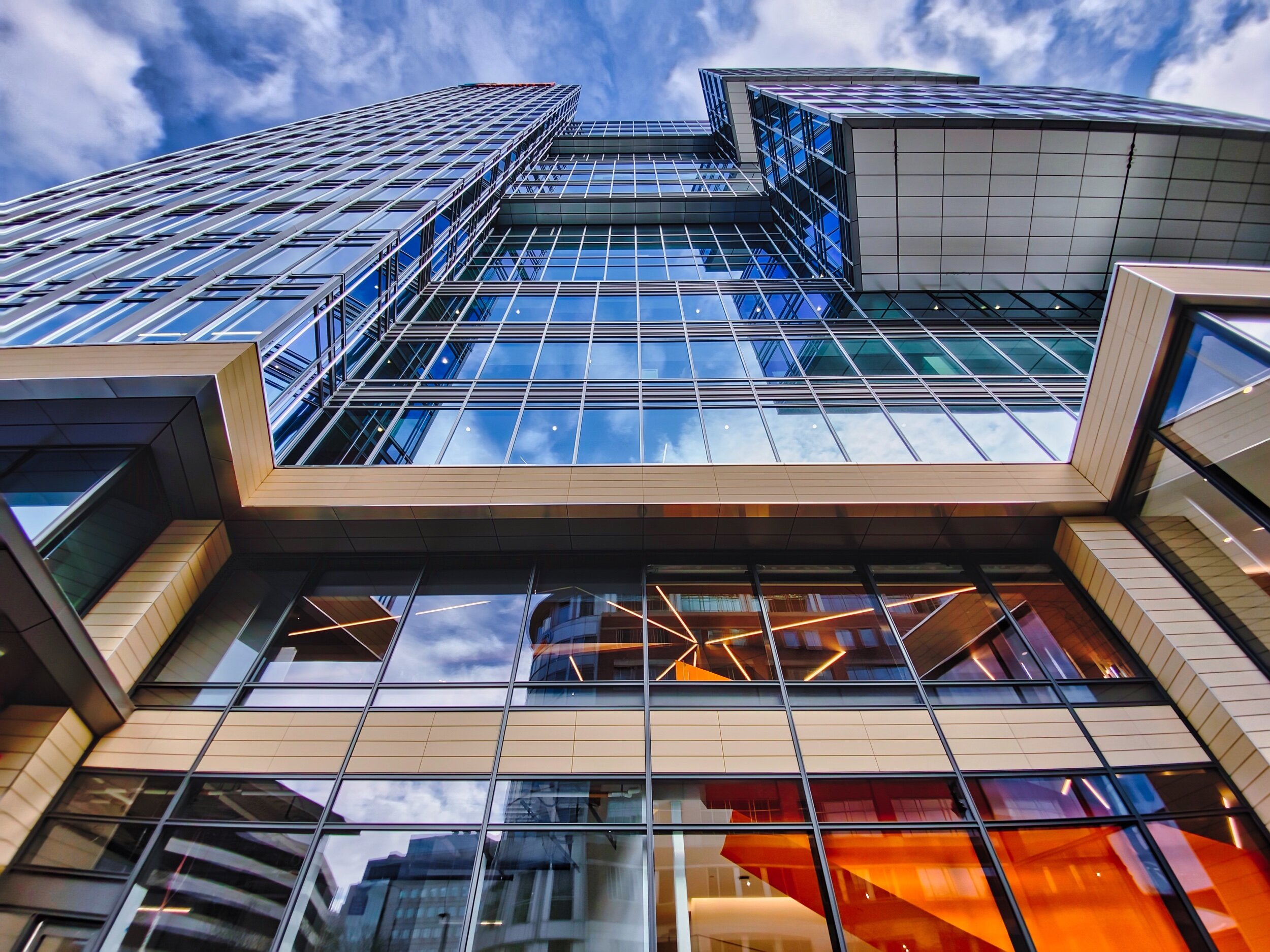
Skyscraper
The new Akamai building in Kendall Square.

Technology buildings in Kendall Sq.
Going wide-angle with the iPhone 11 Pro Max!

Cruse ship interior
Cruise ships seem to just love the whole Art Deco look!

Bottles on the Shelf
Oldish bottles sitting on a shelf.

Old Gas Pumps
Classic gas pumps from the early days of the automotive industry.

Tiny bubbles
Water drops on the top of my car always make for fun photos!

Shadows in the Lobby
Love how these shadows were falling on a quiet holiday at the Kendall Sq. Marriott.
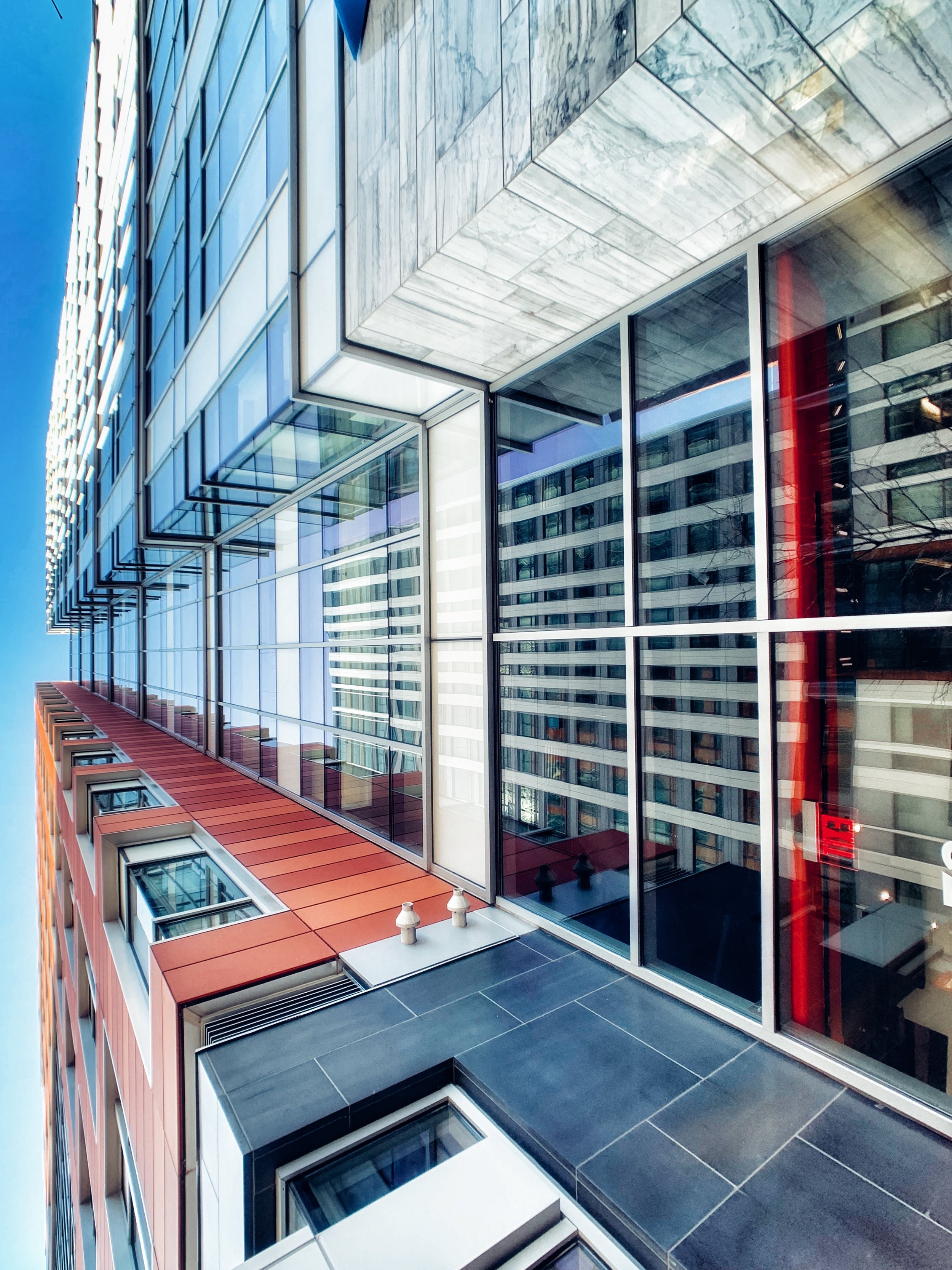
Going Vertical
Looking up at one of the buildings in Kendall Square.
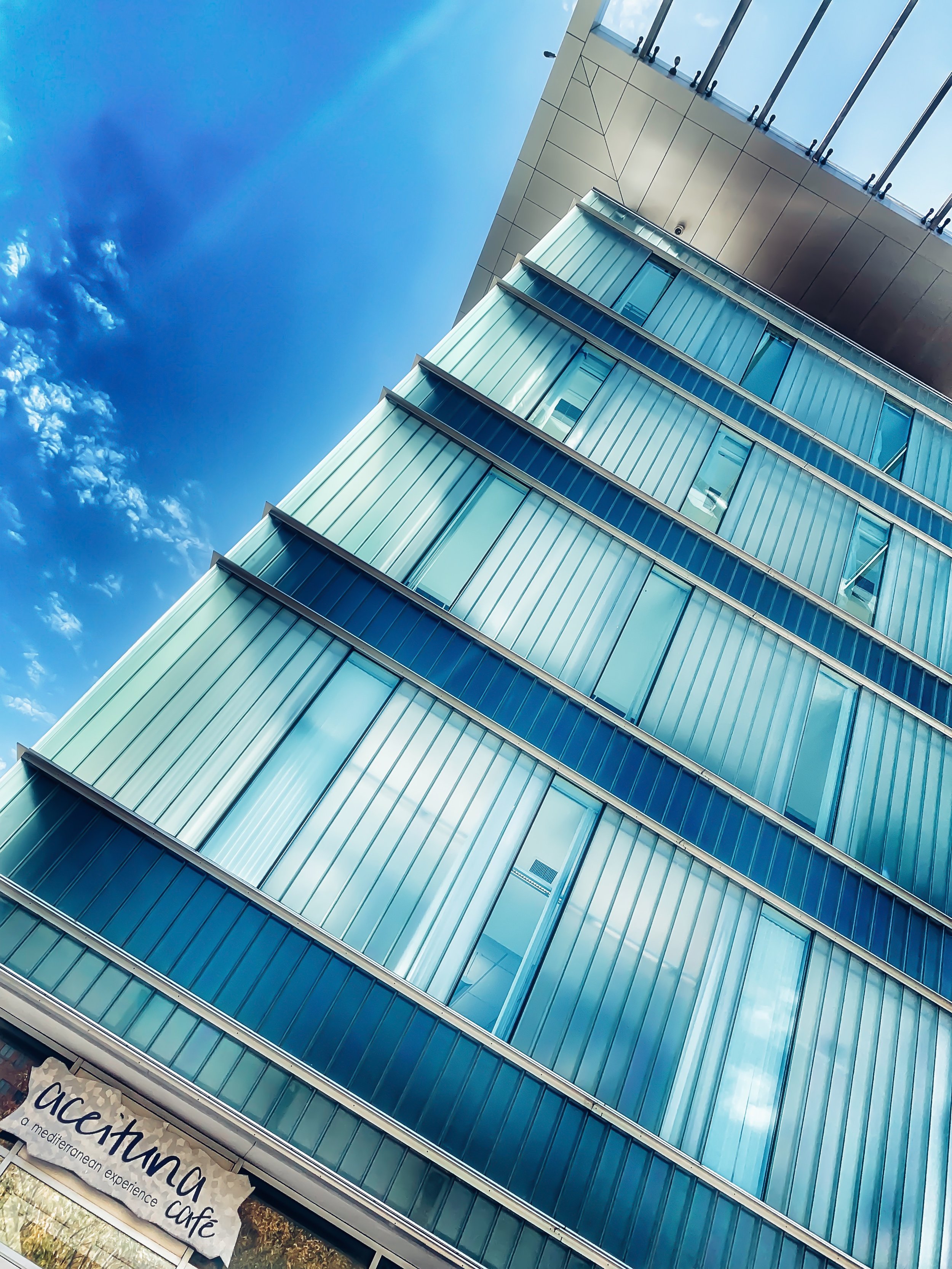
Kendall Sq. Biotech Building
I often walk past this building during my lunch run / walk and just love the way it looks.
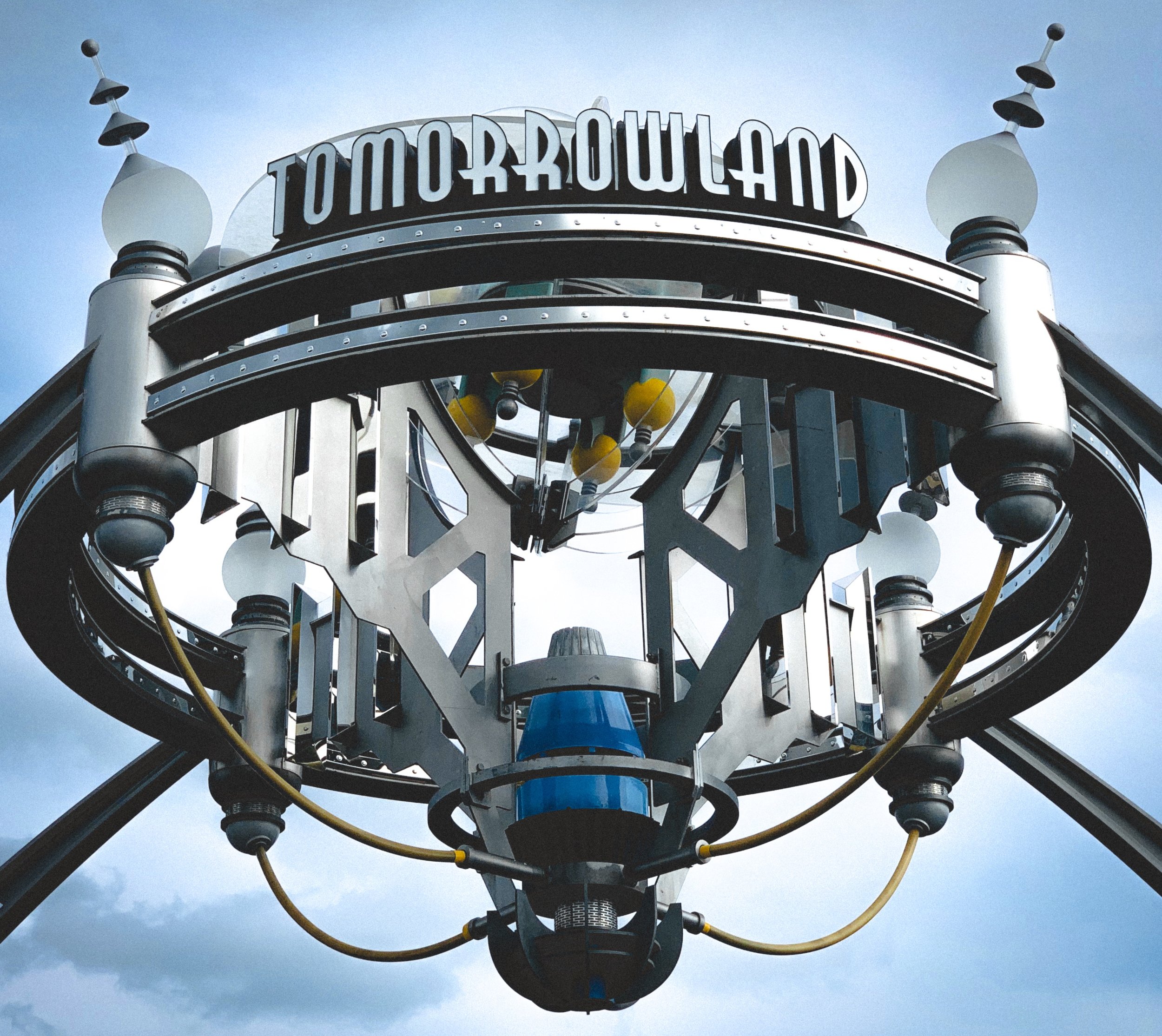
For A Better Tomorrow
Tomorrowland was and still is one of my favorite attractions at Walt Disney World.
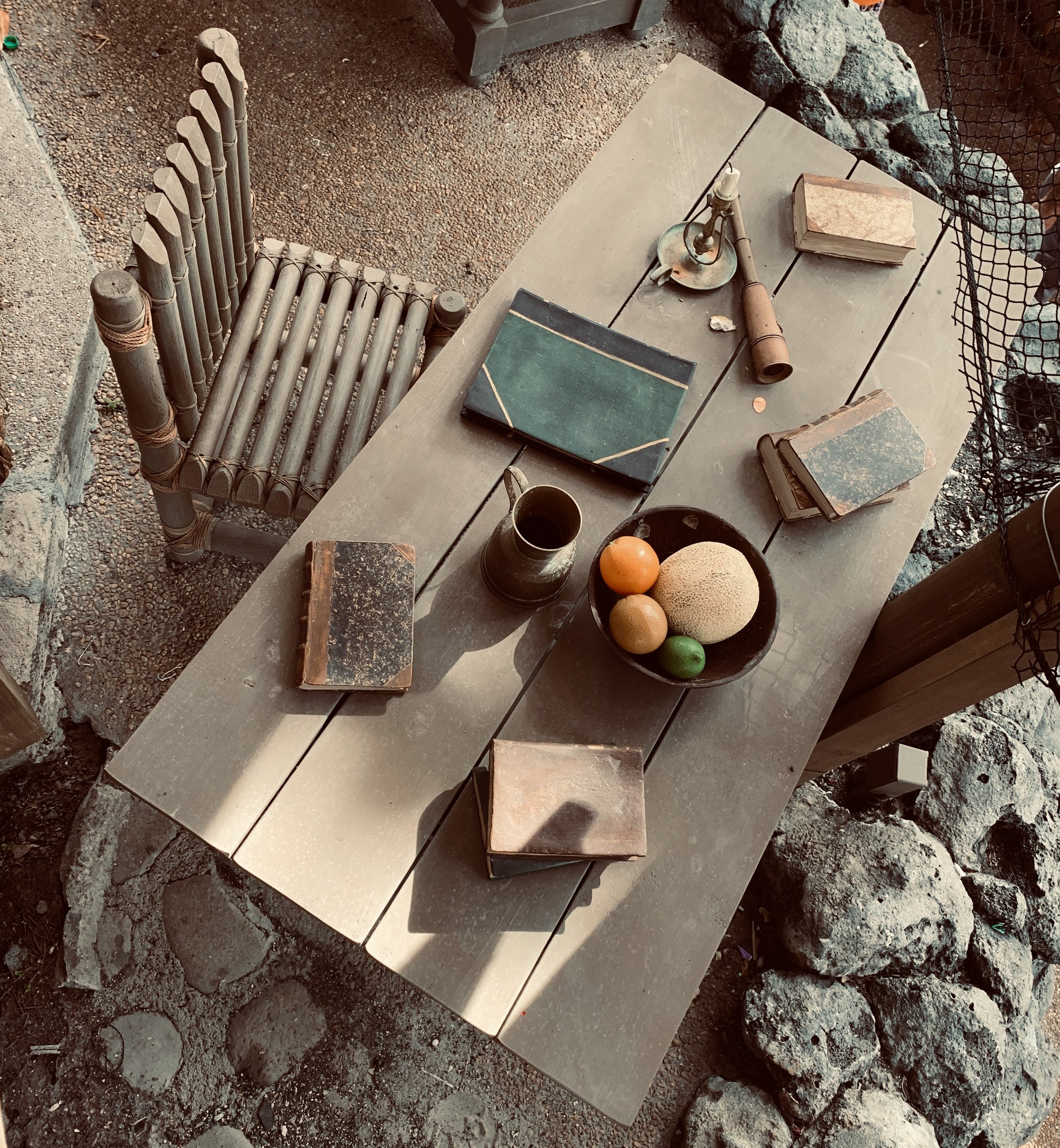
Swiss Family Robinson Treehouse
I’m not really sure why I bothered to take this photo but I’m quite happy with the results. It has a nice still life vibe to it!

China!
Sometimes it can get lonely at the Disney world showcase China pavilion.
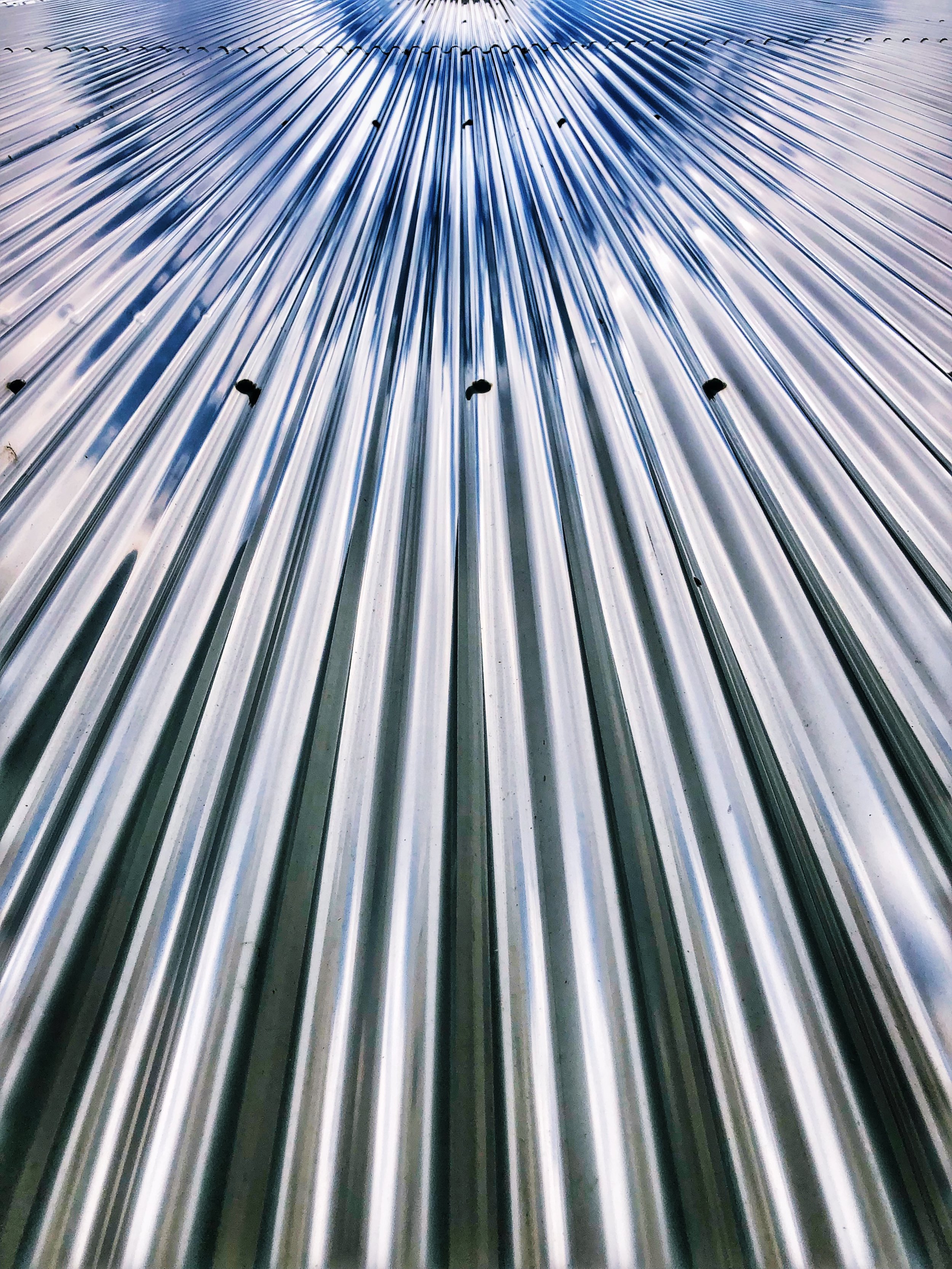
The MIT CSAIL Building
The roof over the entrance to the MIT Computer Science and Artificial Intelligence Laboratory building on the MIT campus. Another one of my favorite photographic targets!
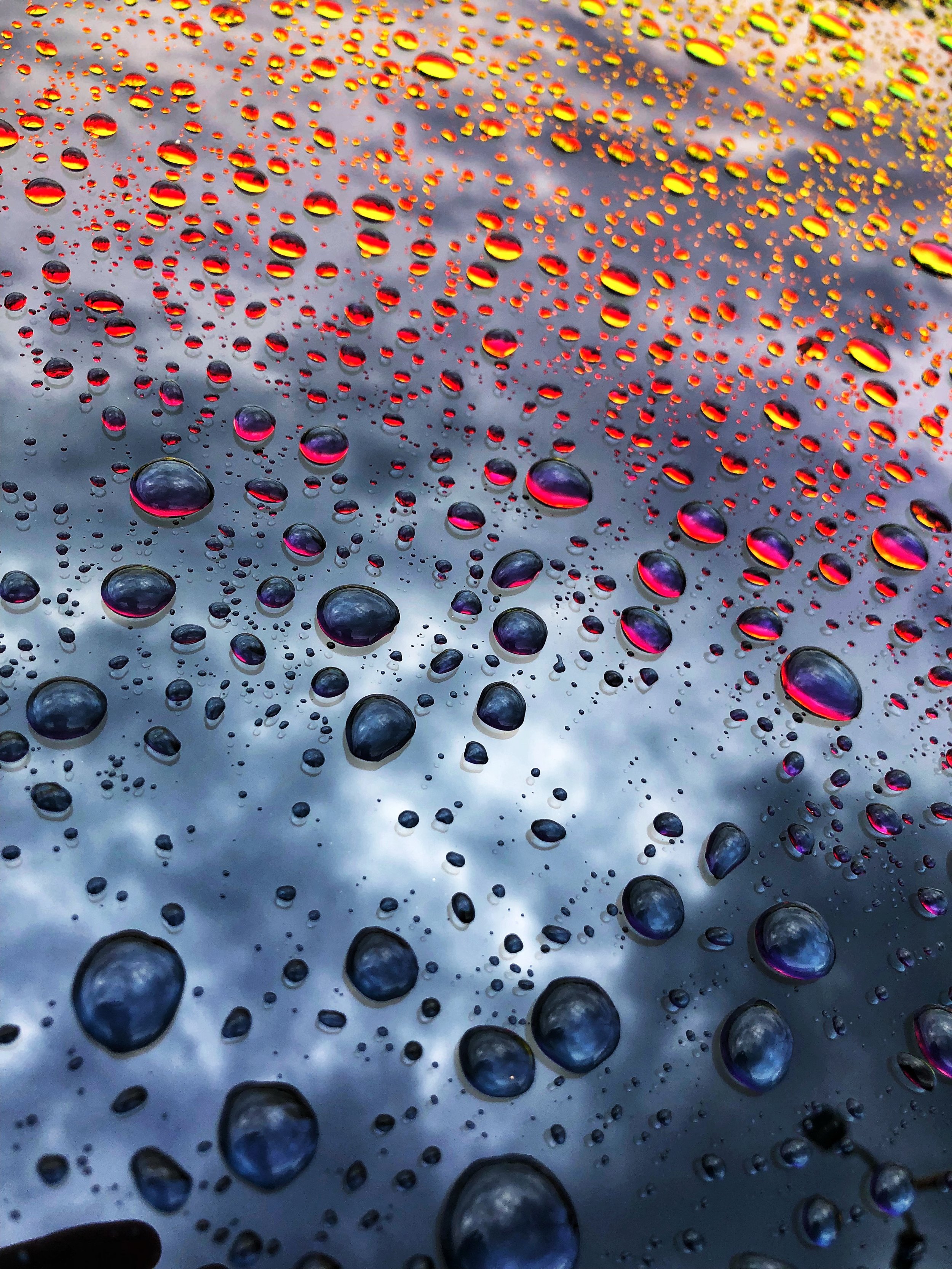
Water Drops on Tesla Glass Roof
It’s crazy what water looks like on the top of a Tesla Model 3 glass roof. It is like someone deliberately built a car for photographers.
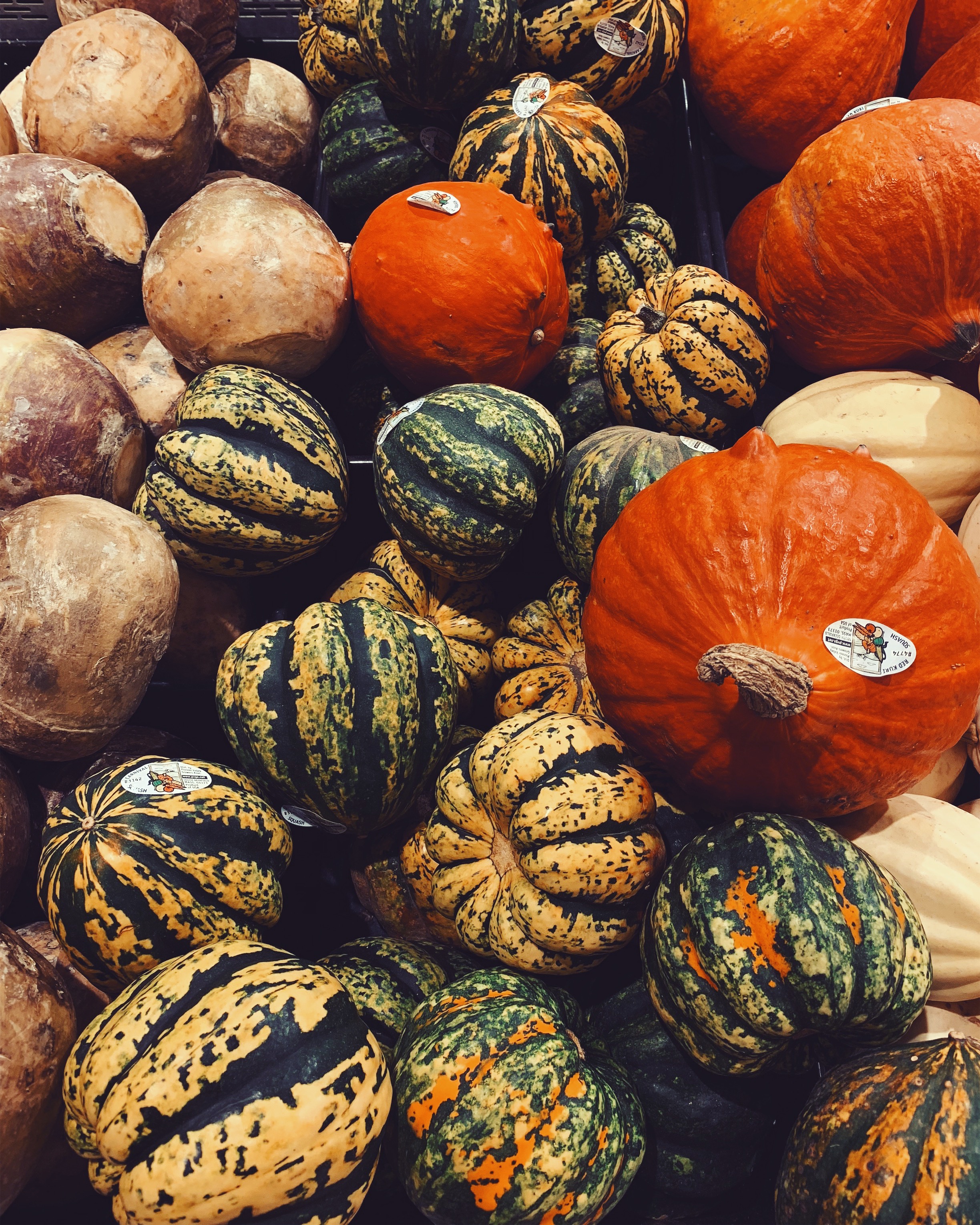
The Grocery Run
A completely random photo I took while at the grocery store.






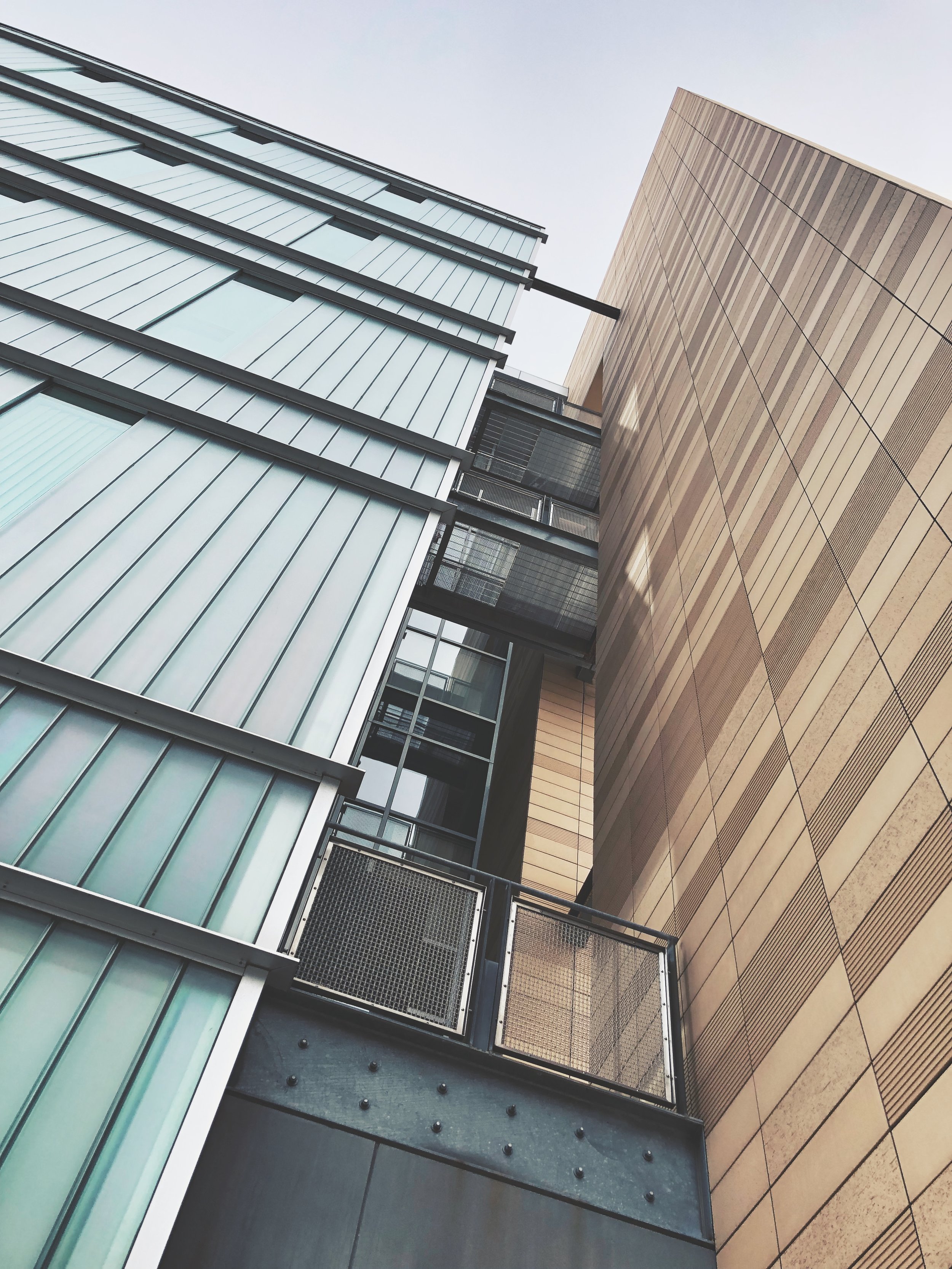

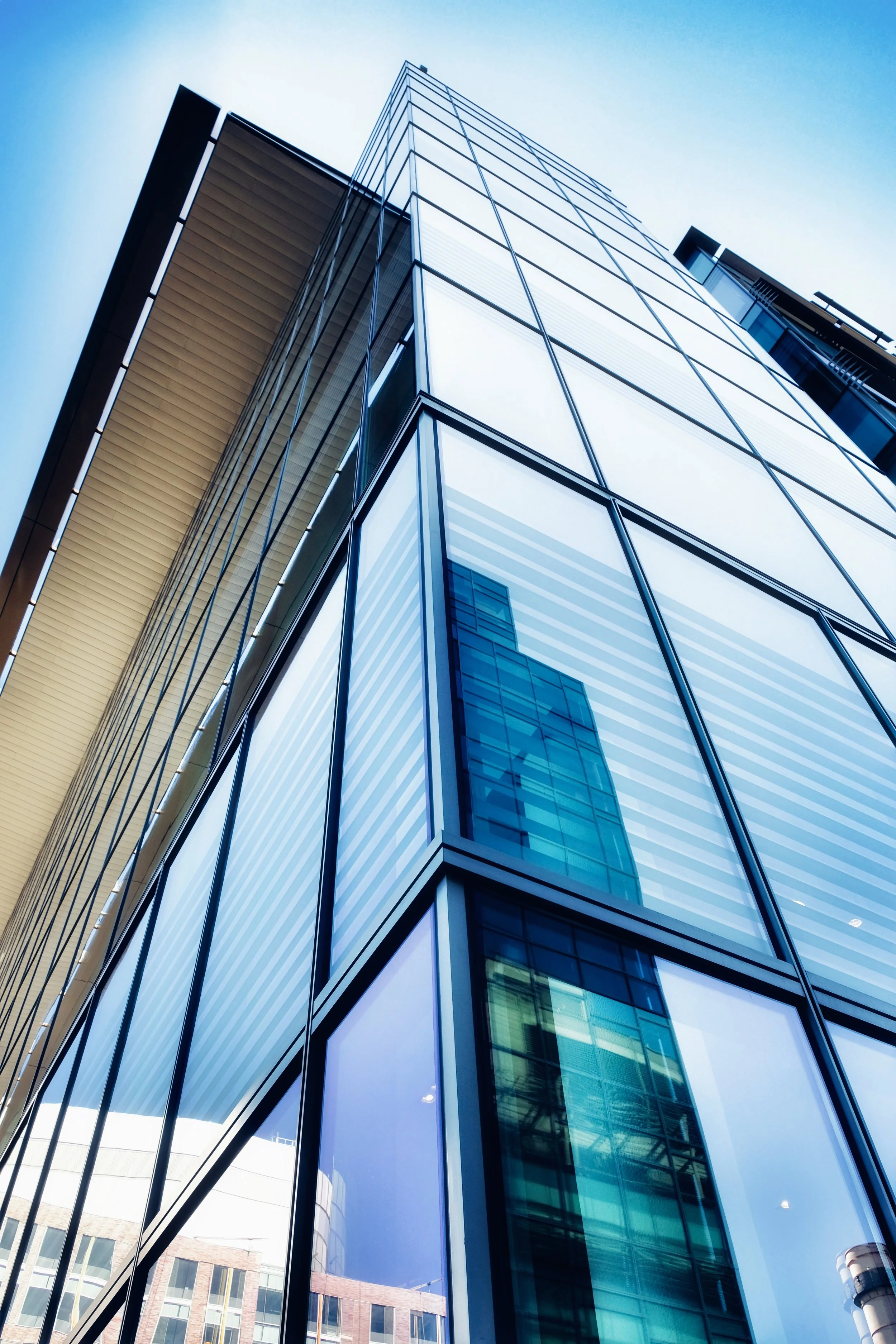

Let’s talk about Sky Replacement. In some circles, artificially removing the sky in photos and replacing it with a more appealing sky is viewed in a very negative light. Others, specifically landscape photographers, seem to view sky replacement as a necessary evil as you don’t always get the sky you were hoping for, and not everyone has the time to go back to an exotic location for a reshoot. So, who is right? Is sky replacement evil, or is it just another tool in a photographer’s toolbox?